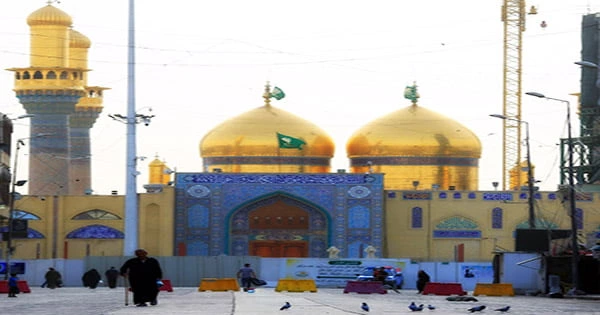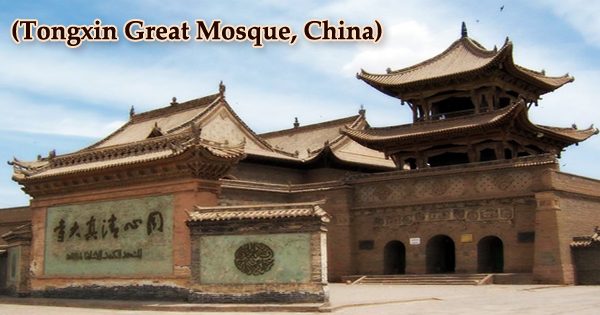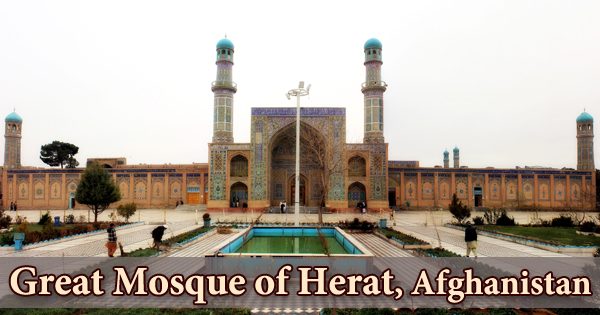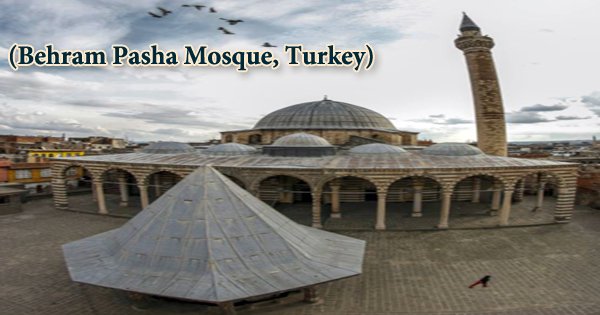Al-Kadhimiya is claimed to be one of Iraq’s oldest towns. Al-Kadhimiya was previously known as Shoneezi, an Arabic name that meant “Black Grain” before Baghdad was built. In 762 AD, the Abbasid Caliph Abu Ja’far Al-Mansour began building on Baghdad’s Round City (145 AH). This area was turned into a cemetery for his family, which was known as Qureish Cemetery. The Al-Kadhimiya Mosque (Arabic: مَسْجِد ٱلْكَاظِمِيَّة, romanized: Masjid Al-Kāẓimiyyah), also known as the Al-Kadhimayn Shrine (Arabic: حَرَم ٱلْكَاظِمَيْن, romanized: Ḥaram Al-Kāẓimayn), is a Shi’ite Islamic mosque and shrine in Baghdad’s Kdhimayn neighborhood. It houses the tombs of Ms al-Kim, the seventh Twelver Sh’ Imm, and his grandson Muhammad al-Jawad, the ninth Twelver Sh’ Imm. The ancient scholar’s Shaykh Mufīd and Shaykh Naṣīr ad-Dīn aṭ-Ṭūsi are also buried within the mosque’s grounds. Two smaller shrines, belonging to the brother’s Sayyid Ra (who compiled Nahjul-Balghah) and Sayyid Murtad, are located just adjacent to the mosque. The four golden minarets at Kadhmayn, the Shrine of the Two Imams, Imam Musa Al-Kadhim and Imam Muhammad Al-Jawad, peace be upon them, will impress anyone approaching Baghdad from the north or west. They are the Seventh and Ninth Imams, respectively, of the Twelve Imams. The mosque stands on the site of the Qureish cemetery, which was built in 762 AD alongside Baghdad’s old Round City. In 799 AD, the Imam Mūsā al-Kāẓim was buried here, and his grandson Imam Muhammad al-Jawad was buried here in 834 AD. The current structure dates from Shah Ismail I’s restoration work, which took place between 1502 and 1524. Suleiman the Magnificent, the Ottoman Sultan who captured Baghdad in 1534, embellished it further. Since then, it has been maintained in fine working order.

Kadhimiya Holy Shrine was and continues to be a site surrounded by holy angels, a nice neighbor, and a favorite of scholars and pious people. It is the splendid venue in front of which kings and sultans bow in awe; where the lofty honor yields in submission; and where Allah grants requests. It is a place where the Divine Mercy and Blessings descend, enchanting all hearts. As a result, it is deserving of the title of Kadhimiya’s heart and Baghdad’s crown. The current structure, which dates from the early sixteenth century, has been retained in outstanding condition. Although when the Turkish Sultan, Suleman the Great, seized Baghdad and stayed there for four months in 1534, he visited this sacred spot and is supposed to have contributed to the further decoration of the Shrine at Kadhmayn, this building marks the restoration of Shah lsmail I (1502-24). Before the end of 2007, repairs to the decaying structure of the mosque’s main courtyard and adjacent rooms were completed in three parts over a four-month period. The flooring and walls were then plated in various types of marble after the inner construction was completed. The mosque’s cooling units were updated in late 2008, and on November 28, 2008, new water filtering units were installed. Construction on the new ladies entrance to the mosque, known as Bāb al-Fāṭimah (Arabic: بَاب ٱلْفَاطِمَة), as well as new facilities for providing refreshments to pilgrims, began in late 2008. The mosque is a world-famous shrine and is regarded as one of Islam’s most important mosques. The mosque has an unusual architectural design, with a massive gilded dome on a circular drum, four gold-coated minarets rising above its courtyard (ewan), and Kufic inscriptions everywhere. Because of the extreme neglect, they had endured, the gate and the outside wall had to be completely restored, which took seven months to complete when work began in early September 2006. The Kadhimain Holy Shrine is a wonderful structure that embodies the art of Islamic architecture as well as the Muslim genius for innovation and craftsmanship. In March 2008, at the birthday festivities of Muhammad and his descendent, Ja’far as-Sdiq, the golden dome over Muhammad at-grave Taq’s was re-gilded and unveiled to the public. Shaykh al Mufid and Shaykh Nasir al-Din Al-Tusi, two great historical thinkers, are also buried within this mosque. Following the defunct regime’s mistreatment of sacred sites, particularly the Kadhimain Shrine, which was almost wholly neglected and allowed to deteriorate, the Holy Shrine required renovations and maintenance.
















